Technology and fabric advancements are fueling the development of smart textile and e-textile solutions for indoor environments.
by Pamela Mills-Senn
As the quest to add more functionality to interior spaces continues, smart fabrics and e-textiles are poised to make their own contributions, serving as platforms that can capture data, heat and cool, adjust lighting, entertain, alert or remind when assistance is needed. All manner of manufacturers are stepping up their efforts to devise innovative solutions that look ahead to a future where textiles play an increasingly important role in creating more comfortable, safer, responsive and environmentally aware indoor environments. Here’s a look at what some developers are working on.
Feeding the IoT
Headquartered in Bally, Pa., Bally Ribbon Mills (BRM) designs, engineers and manufactures woven webbings and tapes serving as structures or substrates for components in critical customer applications, says Ted Fetterman, vice president, sales and marketing. Among the industries served are aerospace and aviation, medical, safety and general industry with a wide variety of commercial applications.
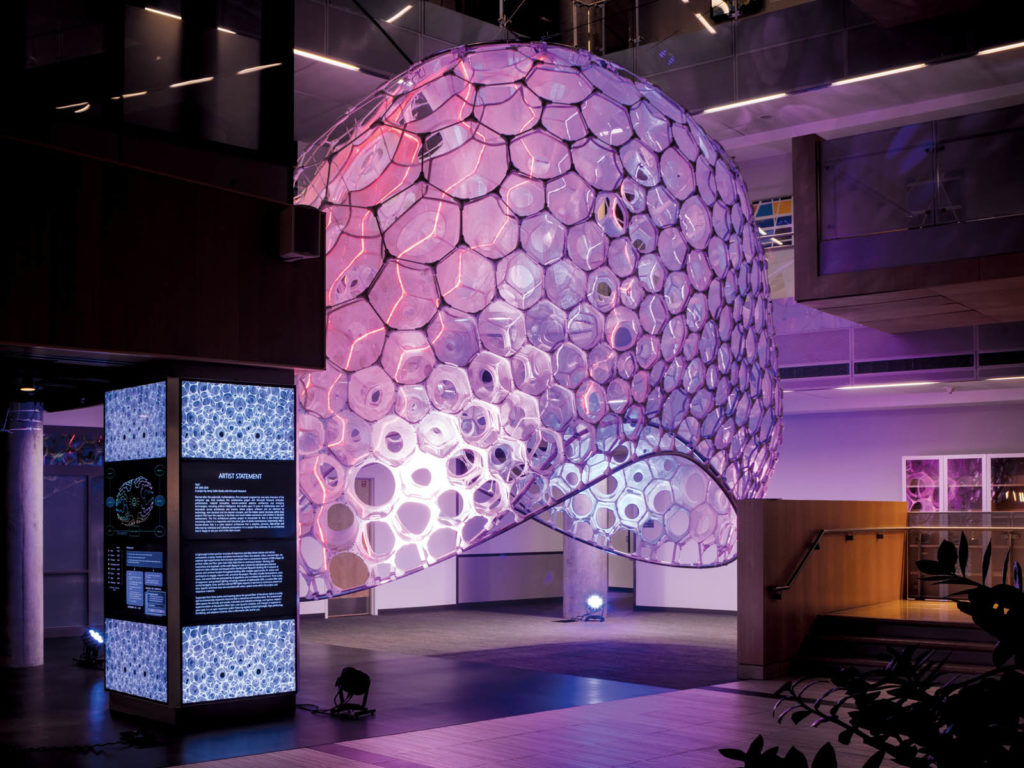
Currently, BRM is working on a new interior fabric application, a woven webbing containing embedded LED lights, destined for use as a tensile structure. This webbing, incorporating evenly spaced, light-emitting diodes, will offer a unique aesthetic, expanding design possibilities. Additionally, the webbing may potentially provide safety-related illumination.
The company is also developing E-WEBBINGS®, woven narrow, conductive fabrics permitting the electronic transmission of data, sensations (light, noise, vibrations, heat, etc.) and power that can be stored or used to activate or change objects.
“We’re weaving conductive fibers in conjunction with other fibers that enable the webbing to have these properties,” Fetterman explains. “The technology is applicable to both wearable and integral technology.”
Fabrics with smart technologies can provide additional functionality. The technology can allow for sensing and actuation of light right at the source, where the fabric is located.
“However, a larger value proposition might be that it can also collect data for immediate use or send it to the cloud for data storage,” he continues. “The smart textile can provide a means to feed the IoT [Internet of Things]. “[Additionally], having access to data is what drives the development of new technology.”
One of the biggest threats Fetterman sees to ongoing smart-textile innovation is COVID-19, which could affect project funding, making new projects a tough sell.
“Companies won’t be so quick to invest in unproven ideas,” he says. “We must continue to invest in the textile space, but benchtop analysis and thoroughly developed value propositions will be required even more than before.”
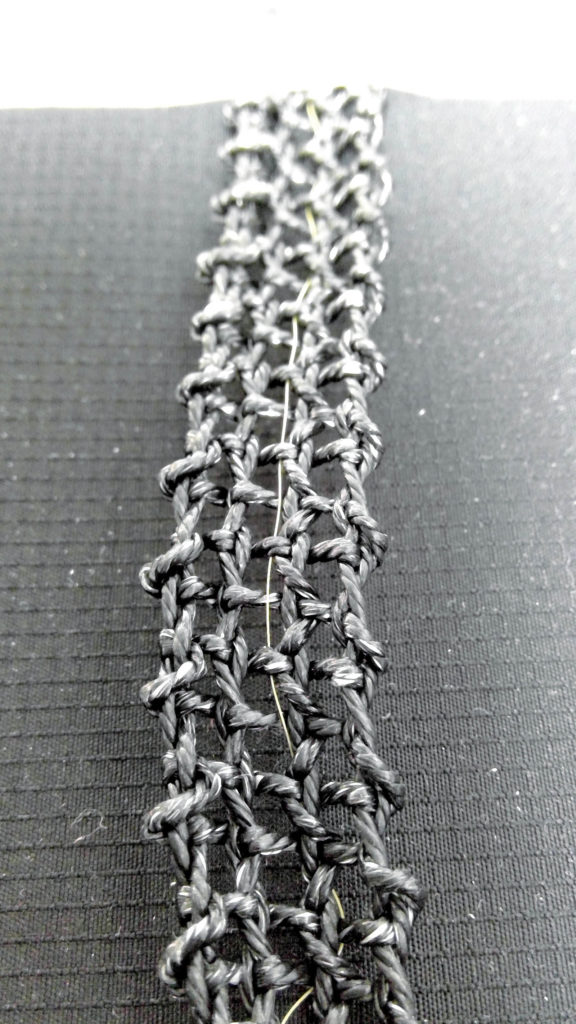
Textile-based health and wellness
Headquartered in Belgium, with a U.S. office in Greenville, S.C., Devan has been devising textile solutions for more than 40 years, with activities covering thermoregulation (PCM/phase change material); performance (antimicrobial, virus reducing solutions, stain release, insect repellent); health and wellness (skincare CBD, allergy reduction solutions, perfume); protection (flame-retardant solutions); and functional masterbatches.
“We cover all manner of textiles, from bedding and clothing, home textiles like upholstery and curtains, to transport textiles such as in aircrafts, trains and automotive, as well as nonwovens for hygiene,” says Sven Ghyselinck, CEO.
For bedding and home textiles, the company’s thermoregulation solutions offer several benefits—such as a longer-lasting thermoregulation effect promoting a better, deeper sleep—that vary depending on the product selected.
“Our first focus has been improving sleep quality for consumers,” Ghyselinck explains. “Globally, insomnia and lack of sleep are real issues. It was obvious technology that could help consumers sleep faster and/or better has a value proposition in the home textiles world.”
Devan also offers a solution that helps protect against pet allergens. Dubbed Purissimo, this consists of inactive probiotics encapsulated and integrated into textiles like mattresses, pillows, blankets, upholstery and carpets. Friction activates the microcapsules, which release the spores. The spores are then transformed into probiotic bacteria and begin consuming the allergens left behind by dogs and cats. (Purissimo is added to textiles via padding or industrial textile spray application processes)
In late 2019 and early 2020, the company launched three bio-sourced solutions relevant to home textiles: Tones of Cool® Bio, for PCM/thermoregulation in bedding; Bio-flam, flame retardants for mattresses and upholstery, compliant with California Proposition 65; and Bio-Ome® Natural, delivering antimicrobial/odor control to bedding, home textiles and apparel.
“We believe the latest trend is about bringing health and wellness to textiles,” says Ghyselinck. “As we experience during COVID-19, people spend much more time at home and have an increased desire to treat their health and body well. We can expect the pandemic will have a lasting impact where people place more importance on the influence of interior space.”
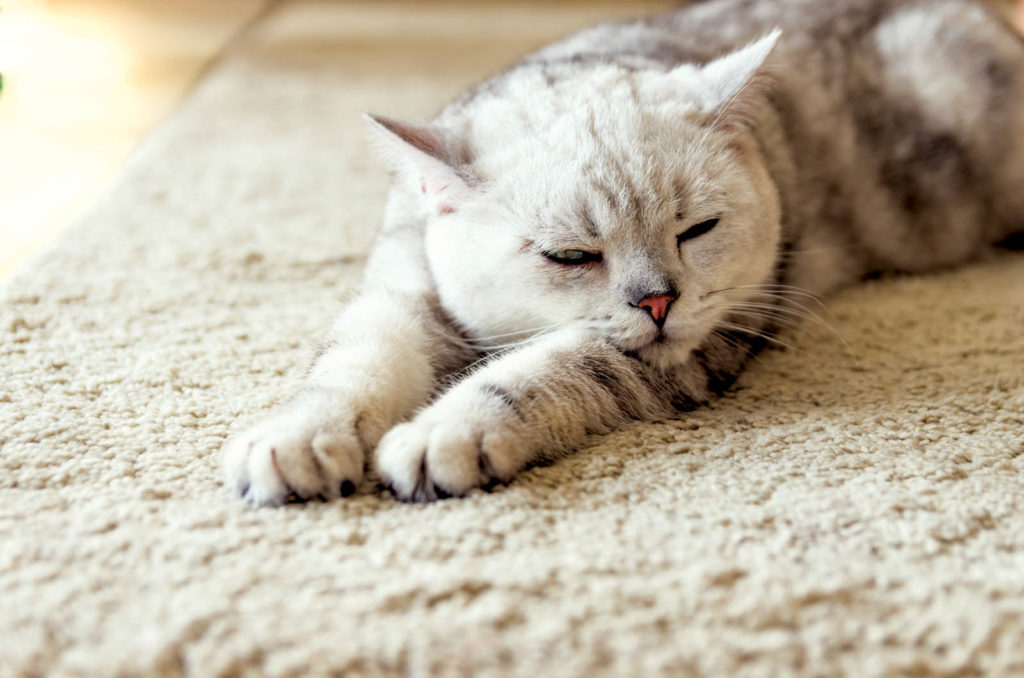
Knitting 3D solutions
“We liked to knit before it was cool,” says Connie Huffa, textile engineer and cofounder of Fabdesigns Inc., in Agoura Hills, Calif. “To us, knitting is additive manufacturing, integrating many types of materials exactly where they need to be. We’ve led the industry for successful R&D of programming of integrated and 3D textiles, as well as setting benchmarks for manufacturing best practices of sustainable 3D knit textiles in many industries since 1988.”
The company has its hands in several markets, automotive being one of these. Huffa says Fabdesigns is working with several automotive companies to create 3D constructions for the seats, interior walls and dash, many of which include pockets for sensors, massage, heating or cooling. The company is also involved in creating pressure and moisture sensors in smart-textile and e-textile forms for bedding and seating for assisted-living facilities.
“The issue here is twofold—cleanliness and physical health as well as helping residents who are capable of helping themselves rather than just being served,” Huffa explains. “[Also], helping family members of incapacitated people understand time frames and requirements for this in the home and in facilities. Having real-time reports on when certain functions happen and the frequency can help them adjust care and increase the patient’s comfort. This also translates to children and to those with disabilities.”
Huffa says there’s a huge market for smart-textile/e-textile products that improve the quality of life for those with physical or communication issues, as well as helping an aging population live more independently. However, there are challenges. One of the biggest is washability. Whether in industrial laundry systems or those for home use, there is twisting and agitating that can damage even flexible electronics. Another is recovering materials and the electronic/smart components from a product at the end of its lifecycle—an issue Fabdesigns is exploring with experts in the electronics field.
“There’s one company in Germany that has a process for removing the resin from composites,” says Huffa. “It’s not inexpensive, but there’s an expense to our environment if we’re not mindful of the product monsters we create.”
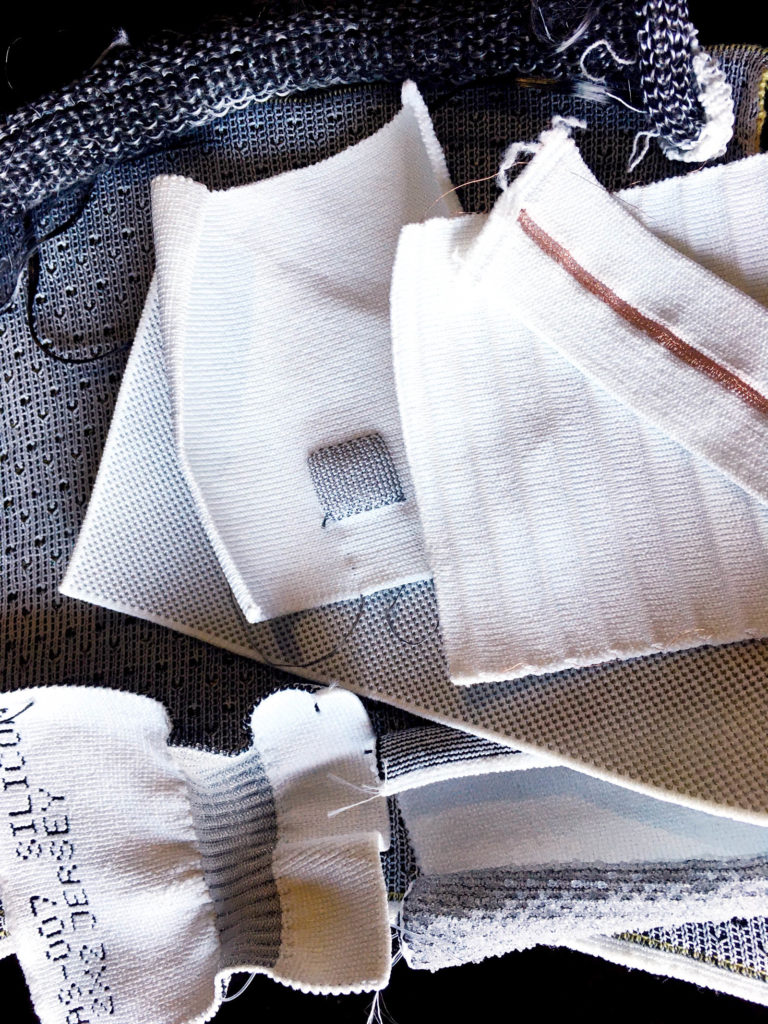
Merging technology, architecture and data
Founded in 2010 in Ithaca, N.Y., the Jenny Sabin Studio (JSS/Jenny Sabin LLC) “explores the intersections of architecture and science, applying insights and theories from biology and mathematics to the design, fabrication and production of material structures and human-centered spatial interventions,” explains Jenny Sabin, founder and principal of JSS.
The studio’s range encompasses facades, installations, pavilions, canopies and architecture, says Sabin, adding that on every project the company works alongside fabricators and collaborates regularly with knit manufacturers. The JSS client portfolio includes companies such as Nike, Microsoft and Cooper Hewitt.
JSS has created a variety of high-tech, digitally-knit, responsive outdoor and indoor installations. One is “Ada,” a suspended structure composed of 3D printed nodes, fiberglass rods, integrated LED and fiber optics, all covered in knit photoluminescent yarns. Ada, the studio’s most recent indoor installation, was undertaken in collaboration with Microsoft Research. The intent was to marry technology and data, imbuing the structure with the ability “to facilitate and reveal hidden expressions and emotion in the built environment,” says Sabin.
“Ada celebrates AI [artificial intelligence], an architecture that is ‘happy to see you’ and ‘smiles back at you,’” Sabin says. “A network of sensors and cameras located throughout Microsoft Research’s building gathers anonymized data, including facial patterns, voice tones and sounds that are processed by AI algorithms and correlated with sentiment.
“Three scales of responsive and gradated lighting—including a network of addressable LEDs integrated into the fabric structure, a custom fiber optic central tensegrity cone and five external PAR lights—respond in real time to continuous data streams,” she continues. “Specific sentiment data are correlated with colors, spatial zones within the project, and responsive materials.”
Sabin predicts demand for indoor smart fabrics will continue as people look for more sustainable methods to heat, cool and light buildings, as well as ways to reduce the carbon footprint associated with traditional construction processes.
“From AI and data-driven responsive surfaces to textiles that emit light and respond to local environment through UV-activated fibers, smart textiles are at the very beginning of opening new and exciting markets,” she says.
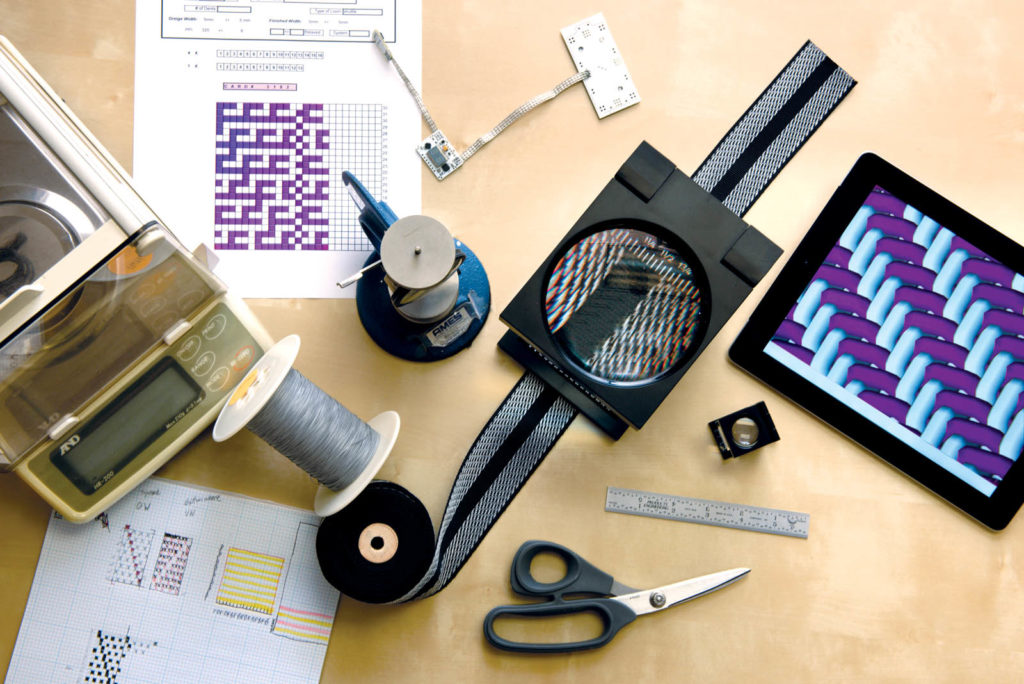
Wiring narrow fabrics
For a number of years, OTEX Specialty Narrow Fabrics® (formerly Offray) has been involved in the design, development and manufacturing of e-textiles and smart fabrics, says Eric Aerts, director of R&D/marketing for the company. Located in Bernardsville, N.J., OTEX manufactures high-performance, mission-critical, narrow textiles utilizing specialized fibers and other materials for applications like personal protective equipment (PPE) and apparel, industrial and mechanical products, and aerospace and defense applications. Markets include first responders, military, industrial safety and fall protection, flood protection and architectural/construction projects.
“Our company has a long history of incorporating wiring into textiles from our years as a decorative-ribbon manufacturer,” says Aerts. “It was C.M. Offray & Son who first wove wires into ribbons so they could be positioned to hold their shape. Today, we weave narrow fabrics with wires almost as fine as a human hair, all the way up to steel cables that can support tens of thousands of pounds and everything in between.”
Aerts says given the burgeoning interest from various sectors on wiring, energy storage and componentry that can be integrated into fabrics/textiles, the challenge is to winnow out what offers the potential for delivering meaningful solutions. Some of the areas OTEX has explored include specialized garments that monitor physiological conditions, temperature and pressure sensing, light emitting (for safety), and data transmission
and reception.
One arena where he sees a strong potential for indoor smart fabric applications is gaming, saying there is a “big future” with motion tracking and virtual reality. Smart home and offices incorporating controls, sensing, security and other electronics could also present opportunities for smart textiles. “But like all new markets, there’s an initial Wild West aspect, until the leaders and trends emerge,” he adds.
Pamela Mills-Senn is a writer based in Seal Beach, Calif.
Future endeavors
Wondering what technology advancements or projects are on the horizon? Here’s a sneak peak:
We’re working on systems that would allow smart capability to be protected by the surrounding textile construct. The textiles we’re developing can measure stress and strain and transmit that data to a collection point. Analysis of this data has potential to predict product wear and potential system failure, as well as useful product life.
Ted Fetterman, Bally Ribbon Mills
We’re most excited about the unspooling device we’ve patented, which can potentially have up to 22 or more materials unspooled into a machine, in the same footprint of the machine. We’ve been successful in unspooling and embedding many types and sizes of materials and combination of materials into fabrics.
Connie Huffa, Fabdesigns Inc.
JSS is currently developing with Gore a durable, responsive prototype thread material based upon ePTFE [expanded polytetra fluoroethylene]. This material will be implemented for a forthcoming exterior canopy structure currently under construction.
Jenny Sabin, Jenny Sabin Studio
Architectural design is something we’re very focused on lately. Some of our narrow fabrics are ideal replacements for more traditional, rigid construction materials. I would love to partner with the right people/company to not only engineer structural components but also smart components to rethink how we design our living and working spaces.
Eric Aerts, OTEX Specialty Narrow Fabrics®
We believe strongly that sustainability will generate a lot of changes in the next three to five years, generating a lot more innovation in the textile
and chemistry industries.
Sven Ghyselinck, Devan
 TEXTILES.ORG
TEXTILES.ORG


